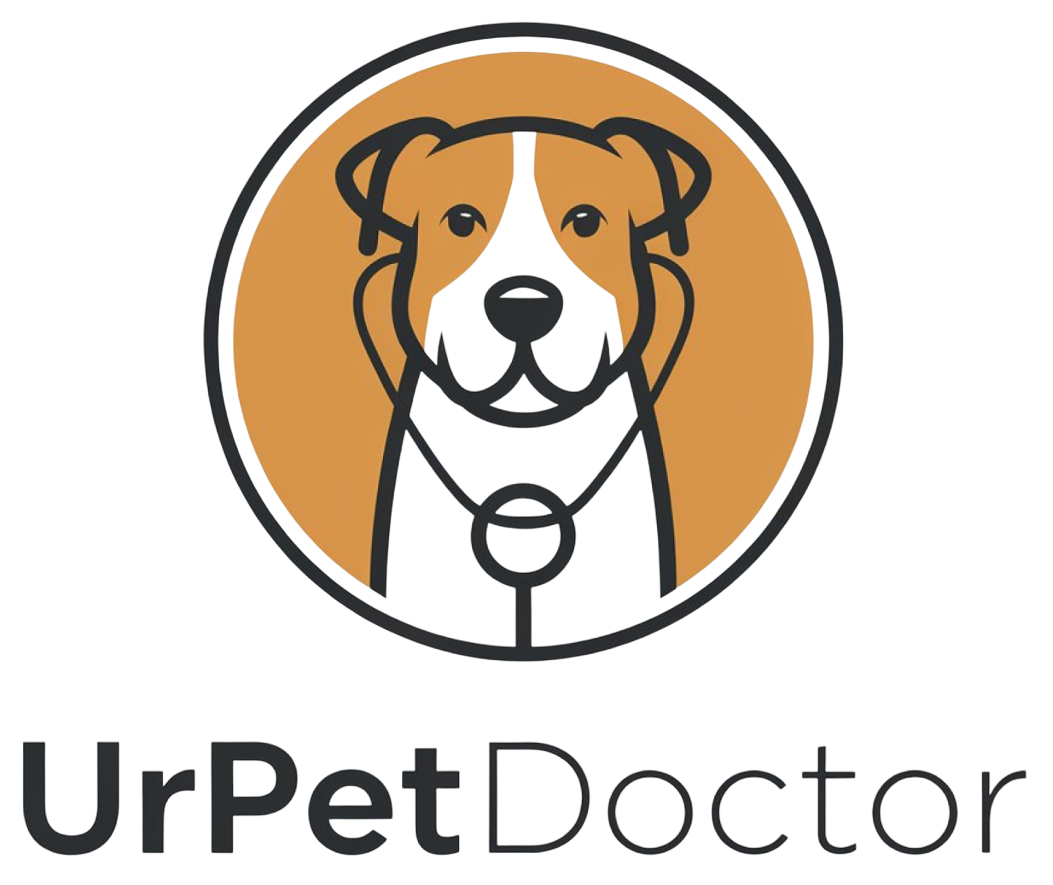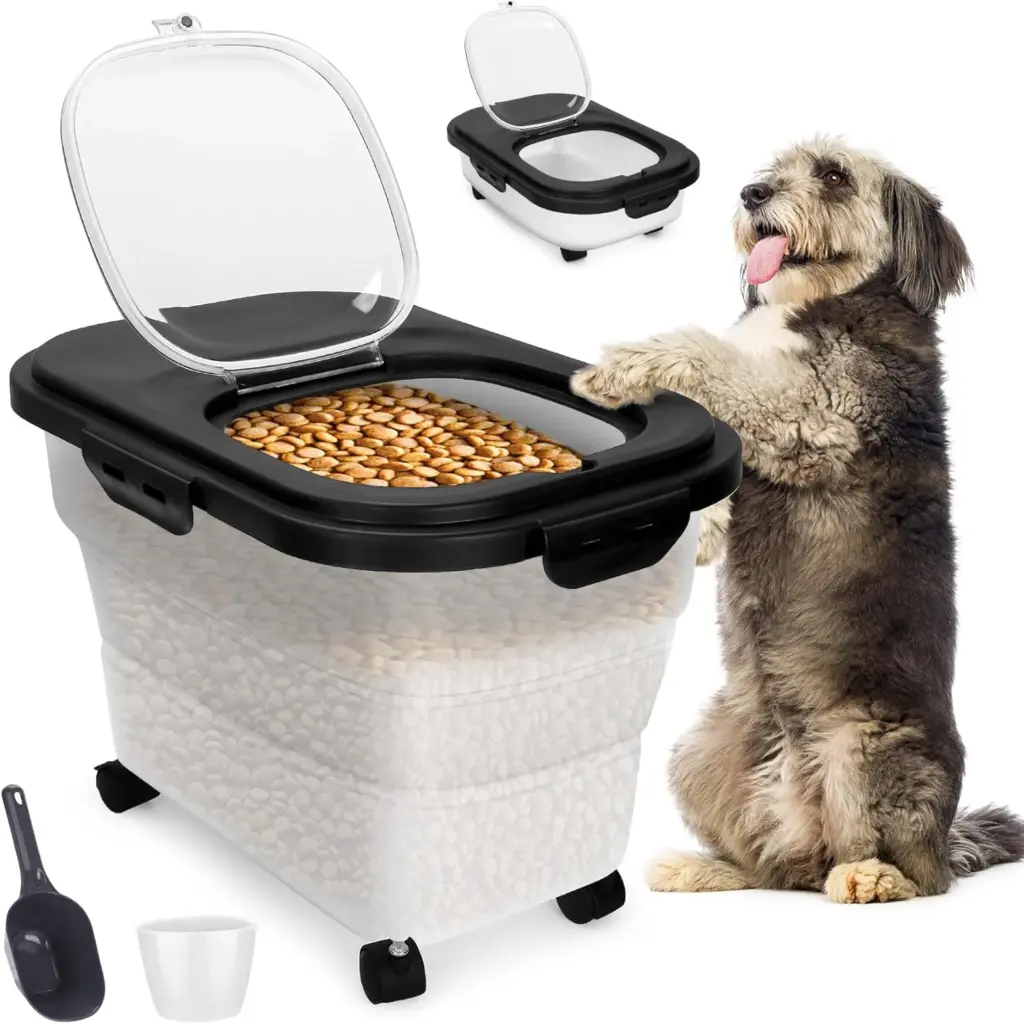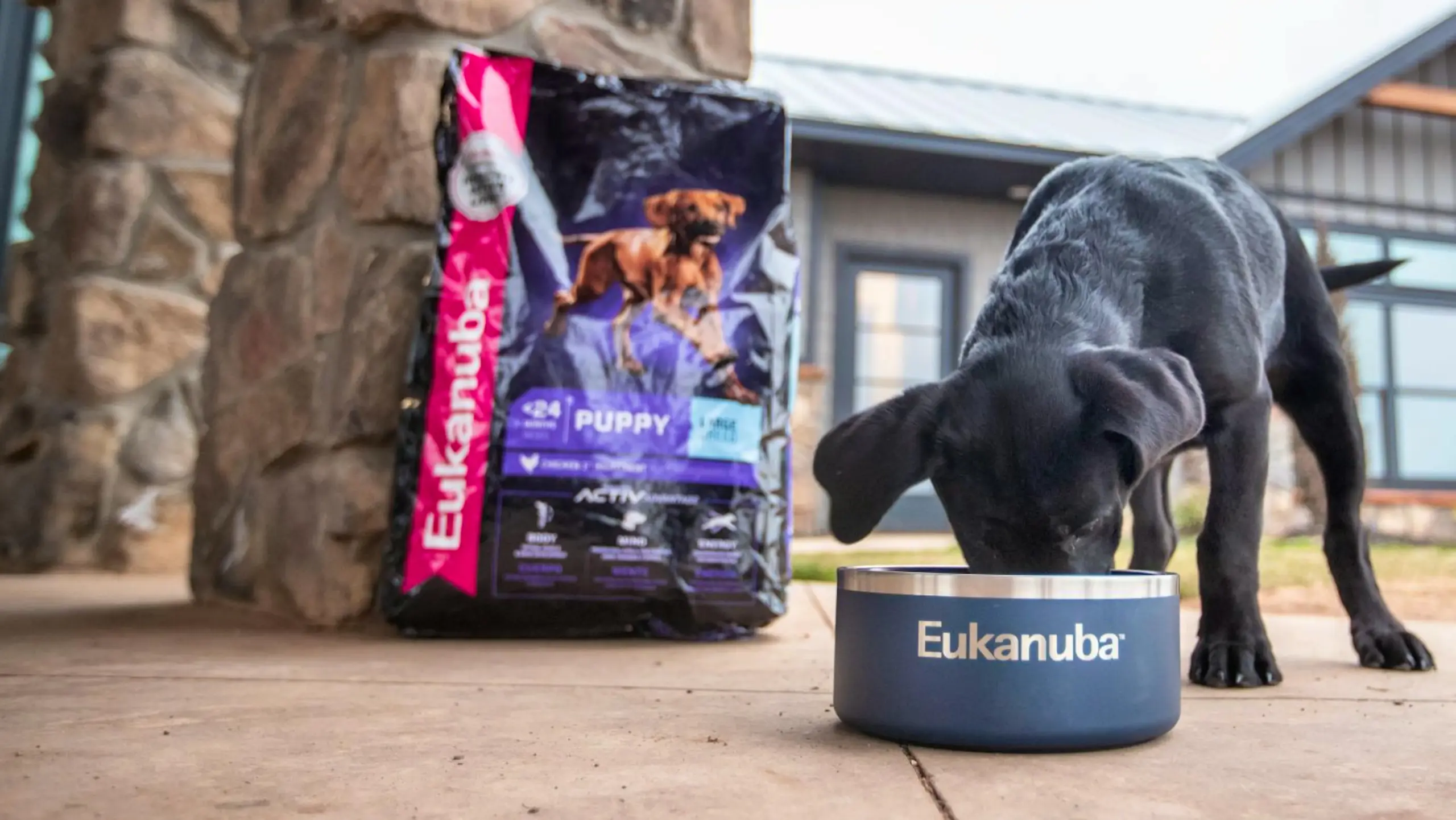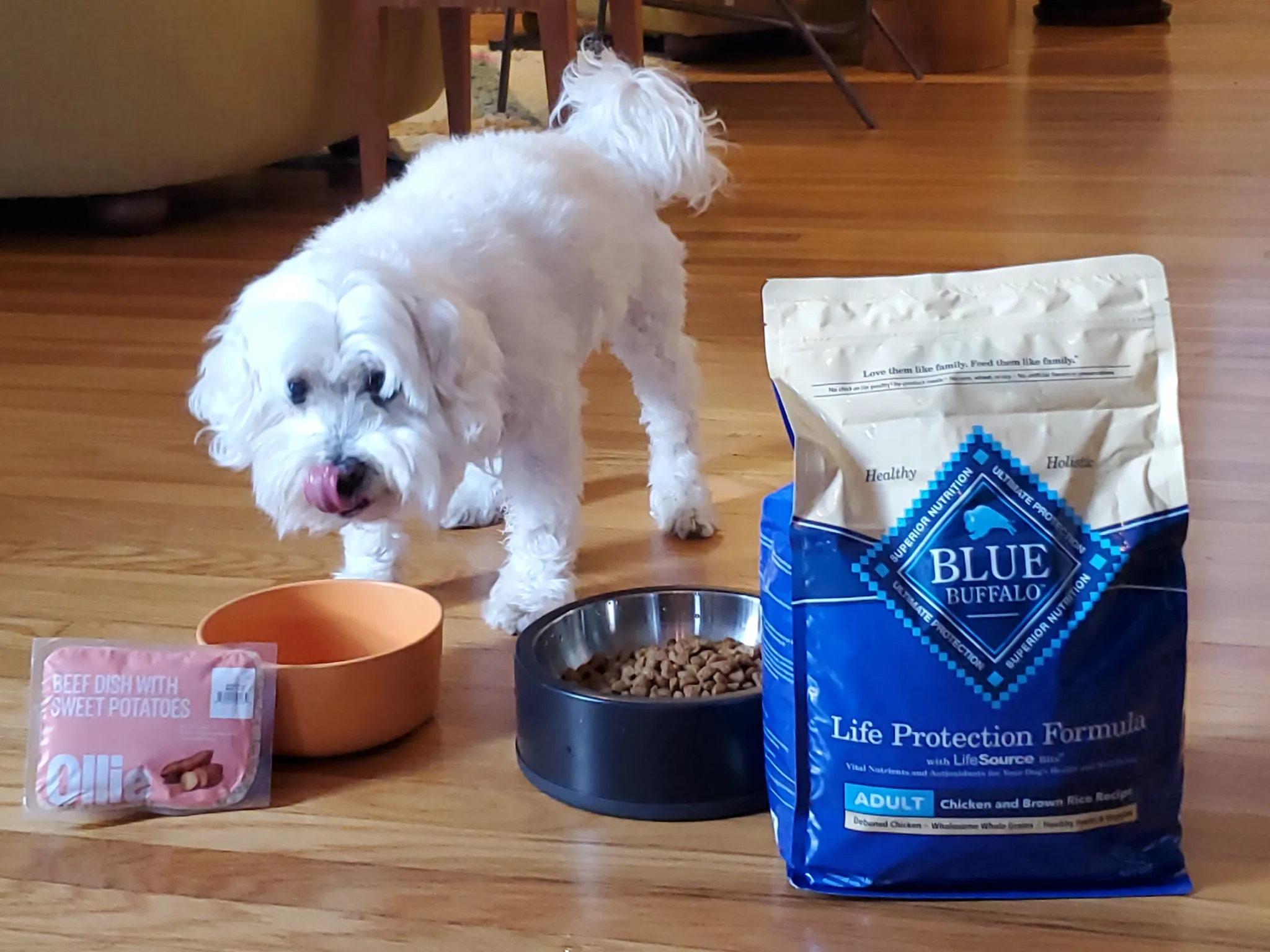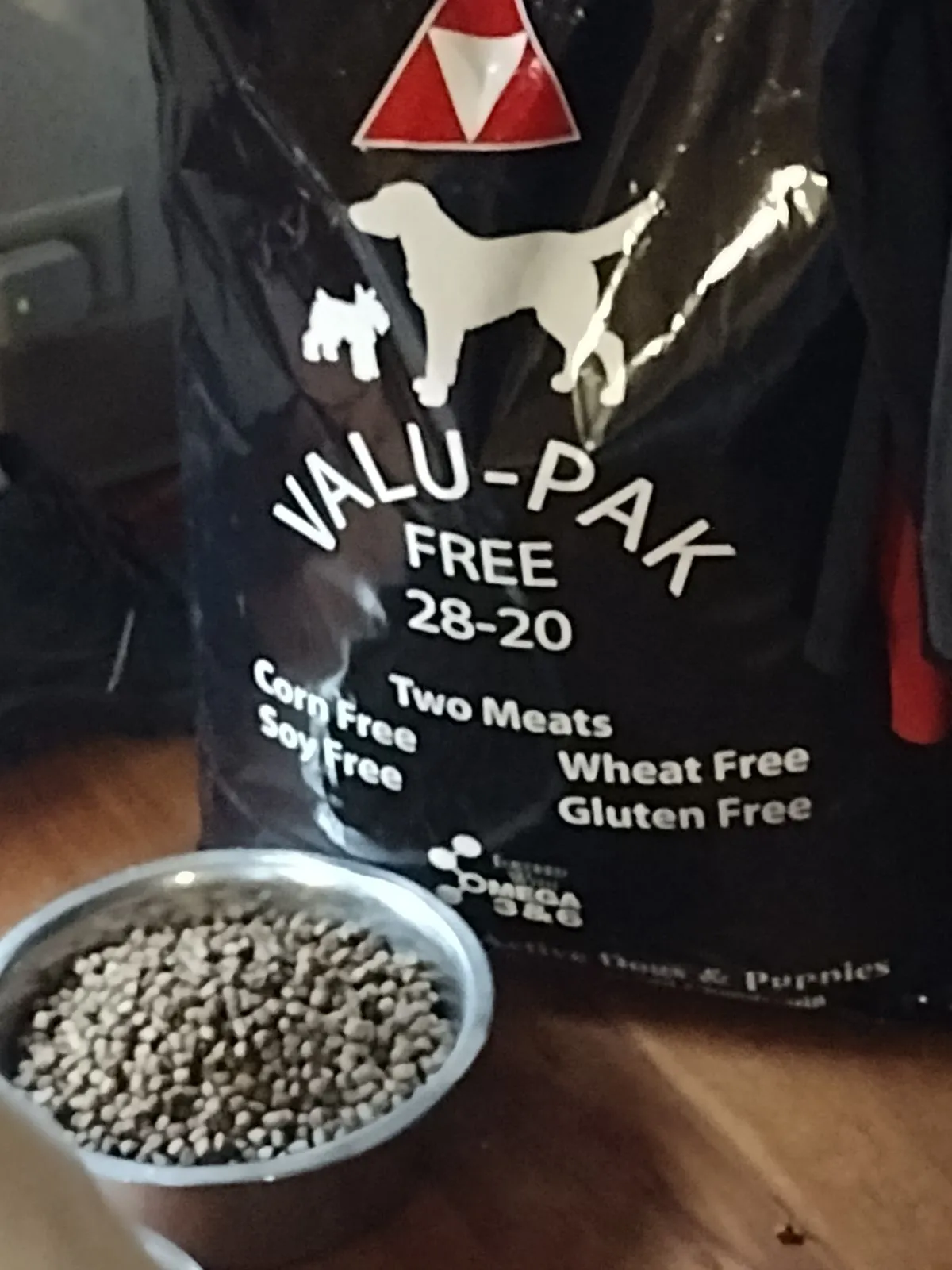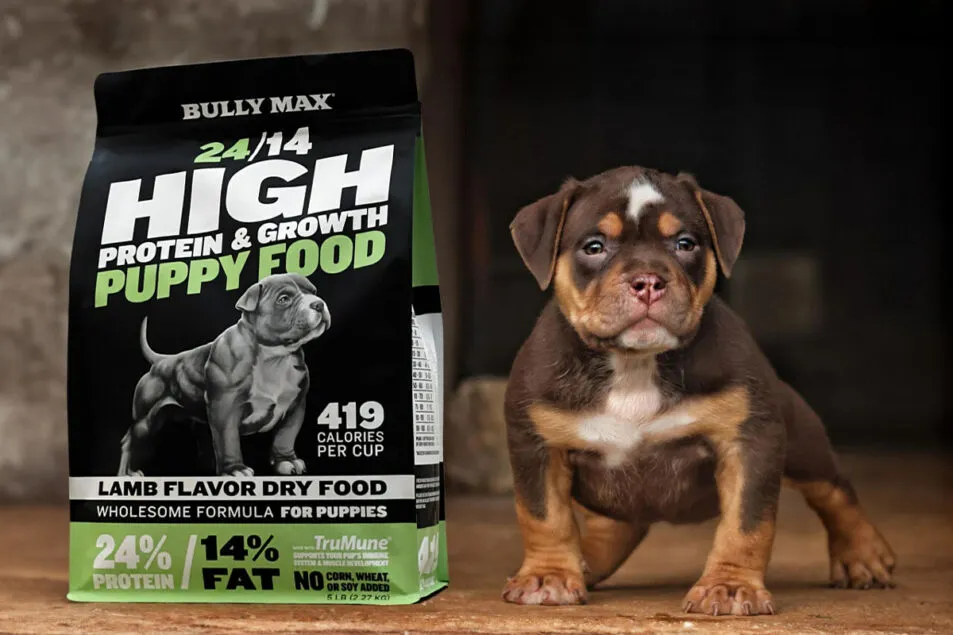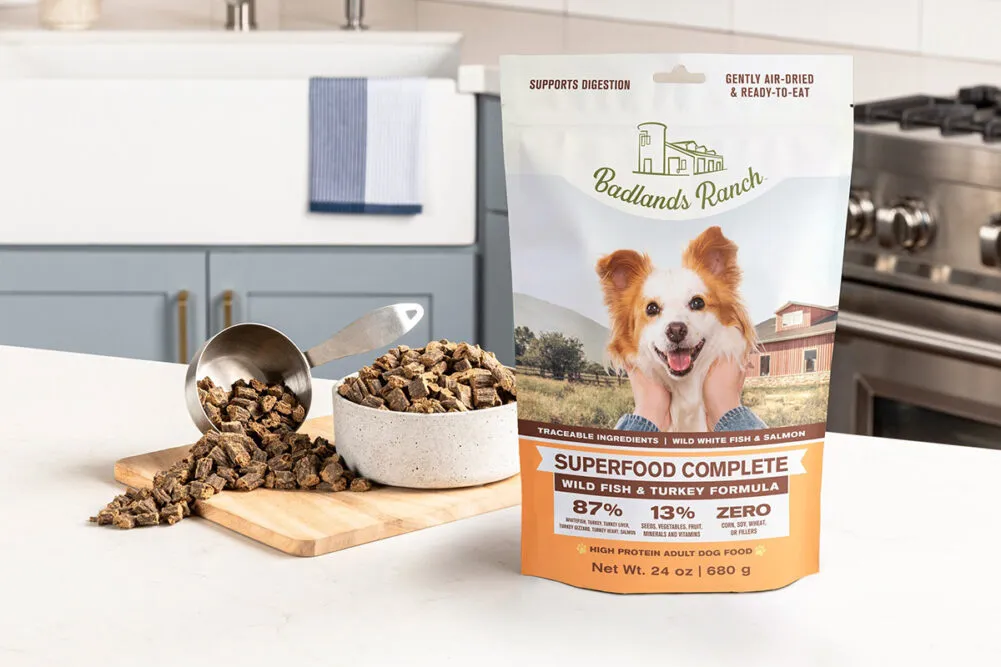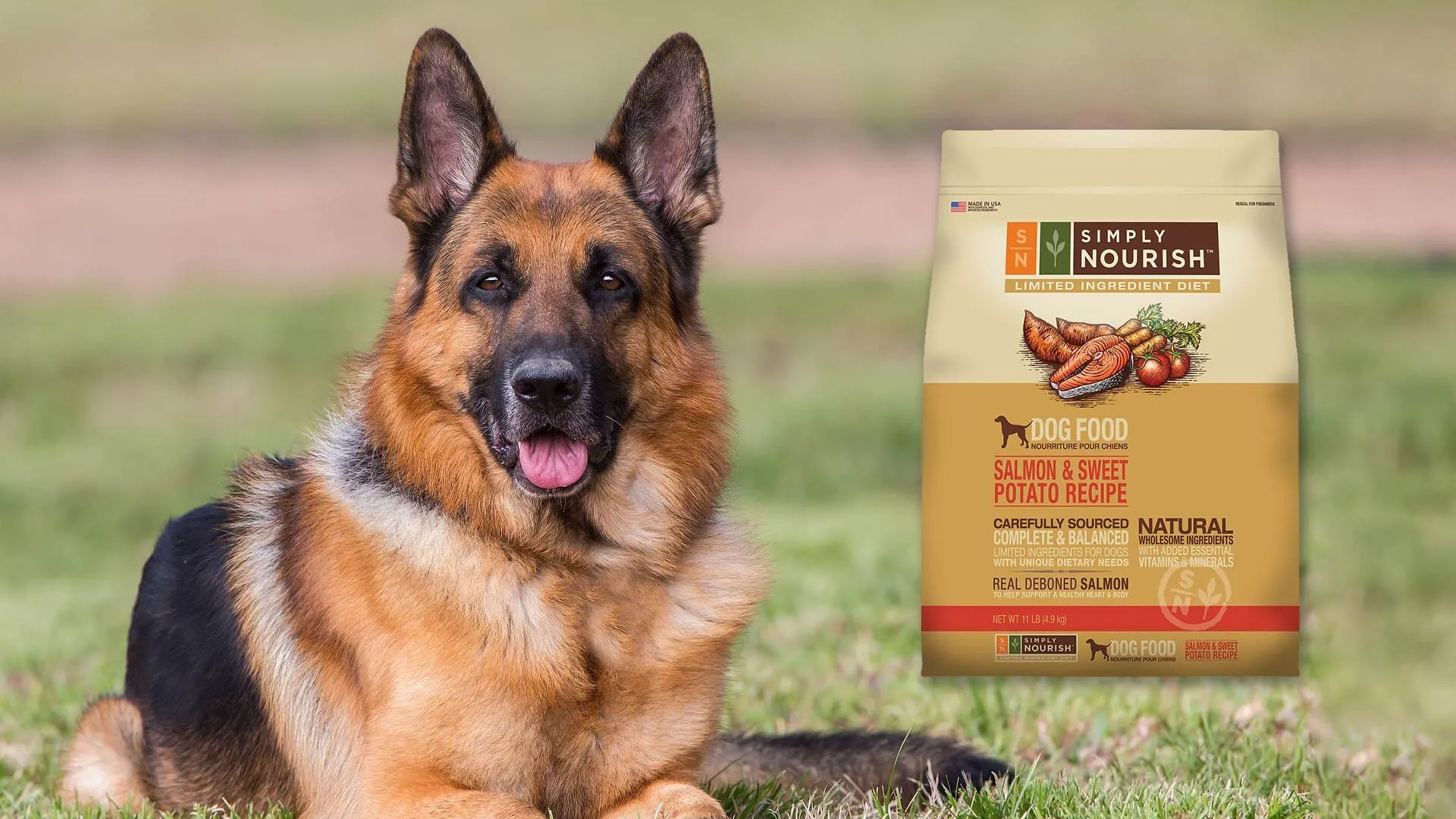Dog Food Container Feeding your dog is only half of the process of keeping them healthy; storing food is equally crucial. A dog food container is not a storage facility; rather, it protects against moisture, vermin, spoilage, and nutritional deterioration.
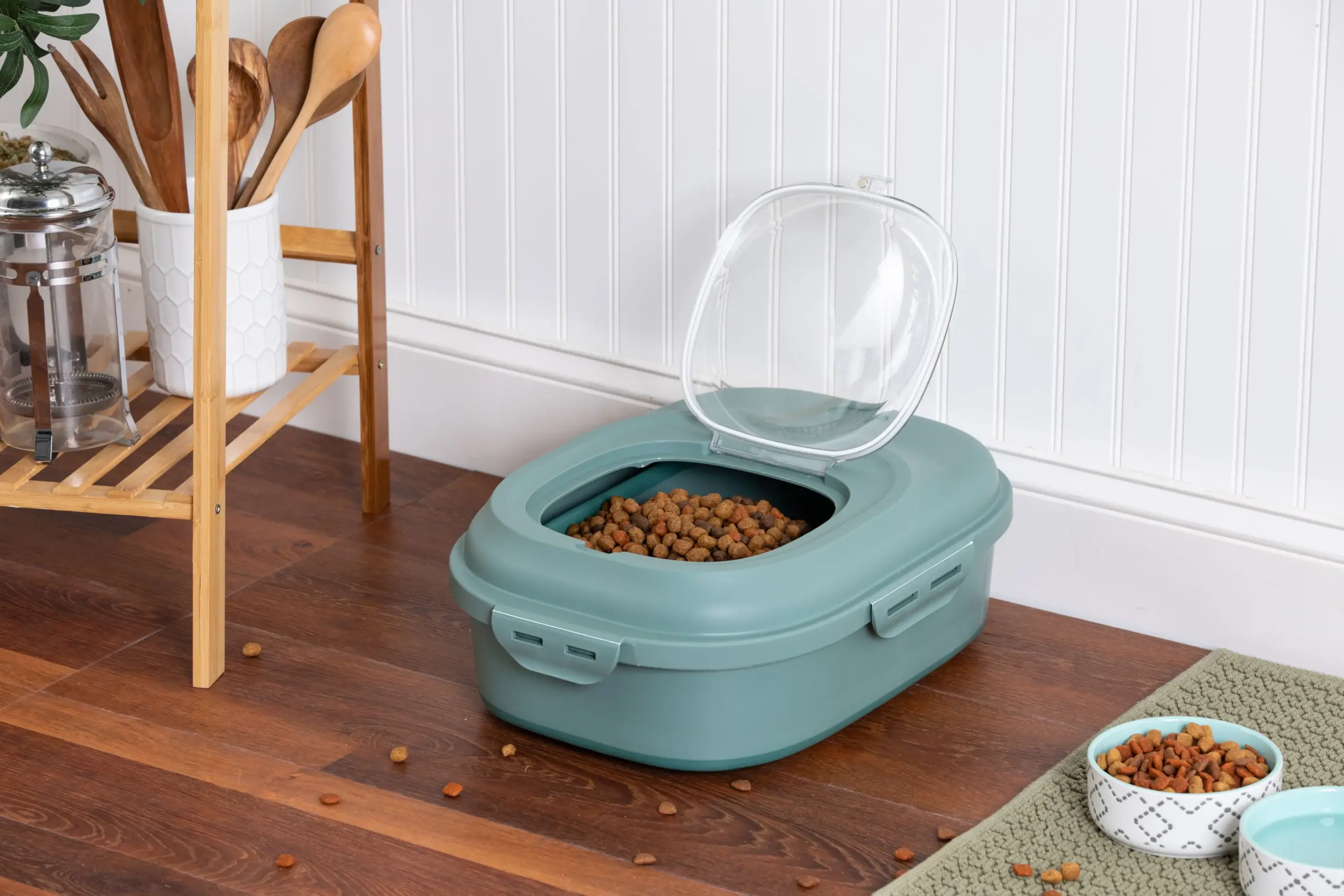
For dog owners who care about the freshness, quality, and sanitation of their dog’s food, it pays to spend money on a good container. No matter if you’re offering dry kibble, wet food, or raw meals, the right container can make your life easier and your dog’s food easier.
In this information, we’ll cover all you need to know about dog food containers, from why they are so crucial, what kinds of containers there are, the features you need to be aware of, and how to choose one that suits your home and pet needs. We’ll also share information on cleaning and maintenance, and food preservation science to ensure you make the very best decision possible.
Why Dog Food Storage Is More Important Than You Realise
Dog food shelf life depends not only on its expiration date. After opening, dog food, especially dry kibble, may be contaminated by air, humidity, light, and insects. Even premium pet food can become nutritionally valueless if not kept under suitable conditions. This leads to vitamin degradation, oxidation of fats, and mould growth that may not be easily visible but could negatively affect your pet’s health.
Poor storage also invites unwelcome visitors like ants, weevils, or mice. These intruders are not just dirty but can also contaminate food. Moreover, food that has absorbed moisture can feed bacteria and fungi to grow, leading to digestive issues and infection in dogs. Storing dog food in its original bag, rolled and clipped, therefore, is simply not good enough when it comes to long-term freshness and security.
Types of Dog Food Containers on the Market
Dog food containers are manufactured from various materials and come in many different designs, each with their own set of needs and desires. The three most common types are plastic, metal, and glass containers. Each is unique in characteristics that affect storage quality, portability, and usability.
Plastic containers are the most common due to their low cost and ready availability.
They can be easily relocated and sometimes have wheels for extra convenience. However, plastic is not all equal. One should utilise containers made of food-grade, BPA-free plastic so that chemicals are not transferred to the food. Poor quality plastics tend to absorb food odours and deteriorate with time.
Metal cans, particularly stainless steel cans, are durable and bug-proof. They become more air-tight and won’t soak up odors, making them ideal for storage that is long-term. Their sleek design seems to fit well with modern kitchens, even though they might be heavier and more expensive than plastic versions.
Glass containers are not as favored due to their fragility but are favored by environmentally conscious pet owners. Glass containers offer excellent visibility and don’t retain odors or leach chemicals. They are, nonetheless, more appropriate for small quantities of food or treats since large glass containers tend to be heavy and breakable.
Features to Look for in a Quality Dog Food Container
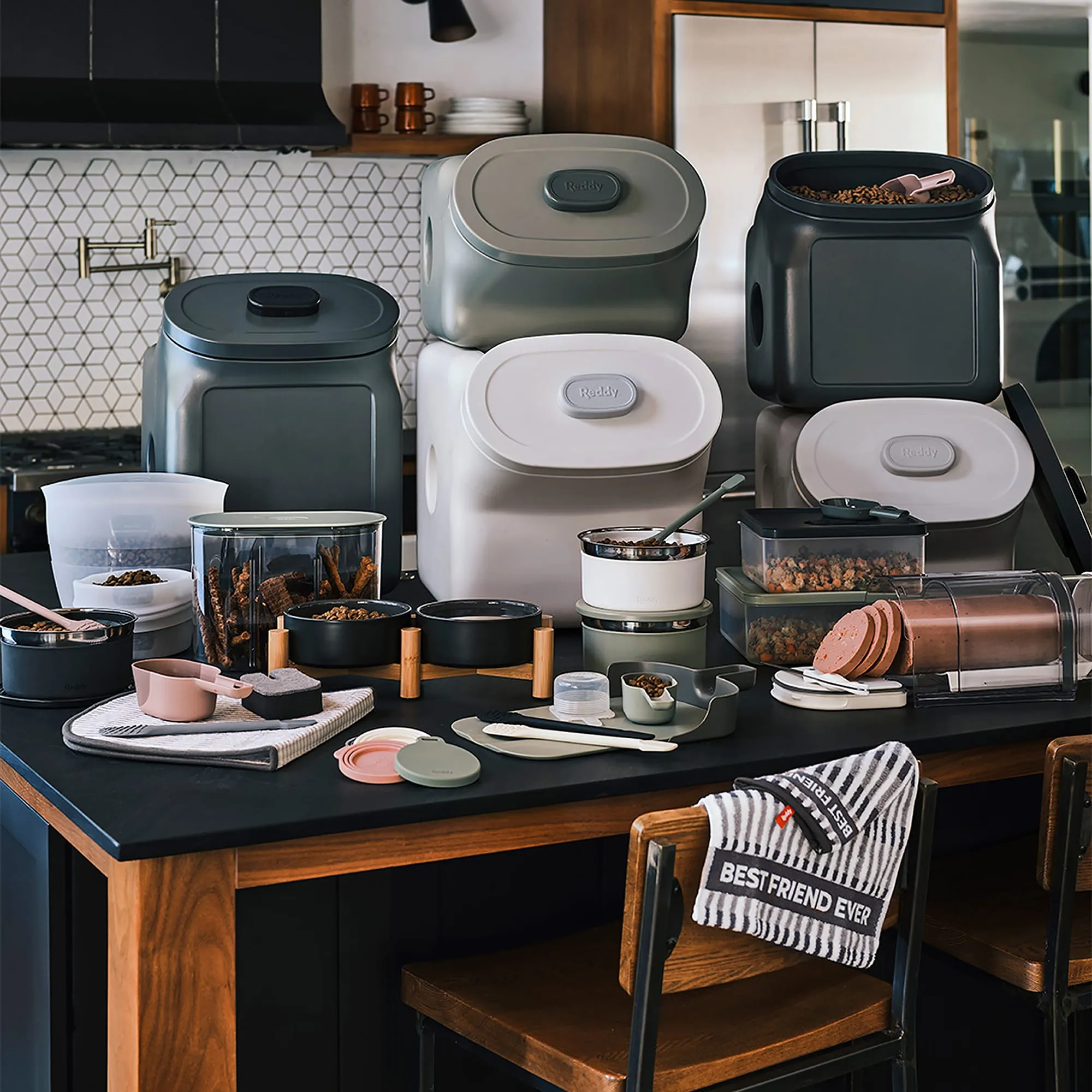
Choosing a dog food container is more than choosing a box with an open top. The best containers have a number of important characteristics that protect food quality and promote functionality. One of the most crucial is an airtight seal. A secure seal protects against oxygen and water, both of which damage food. Rubber gaskets and snap-style closures are major indicators of an airtight container.
The room is also a concern. Your container needs to be big enough to hold all of your dog’s food in stock, preferably based on the size of the bag you purchase. This minimises storage for excess food outside your container and keeps everything consolidated. If you buy dog food in 30-pound lots, look for containers with at least that much capacity so you don’t have to refill them multiple times or waste a lot.
Accessibility is undervalued but extremely important, especially for daily consumption. Big openings, safe but easy-opening lids, and smooth-scoop operation can help speed and clean up feeding time. Others have scoops or measuring cups attached to them, which is convenient in maintaining portion control.
Other thoughtful details include stackability for multi-pet households, transparency for easy food level monitoring, and wheels to simplify mobility. Some high-end models even have sensor lids, antibacterial linings, and modular designs that will fit seamlessly into your kitchen or pantry setup.
How Long Can Dog Food Be Stored?
Maintaining unopened dry dog food in proper storage, the product can last anywhere from 12 to 18 months, based on the product. Once opened, however, utilise within 4 to 6 weeks for the optimal amount of freshness. That is where the right container comes into its own.
By transferring the product to the proper storage bin, you can preserve the product to preserve its palatability and nutritional integrity past what the original bag can do alone.
Wet or canned pet food, once opened, must be refrigerated and consumed within three to five days. For individuals who prepare homemade or raw dishes for their pets, airtight and freezer-proof containers are crucial in maintaining food safety up until feeding time.
It’s wonderful to periodically scan expiration dates and store food under the “first in, first out” policy. This prevents older food from getting relegated to the bottom of the container, where it could sit unused for months, possibly spoiling or contaminating.
Should You Store Dog Food in the Original Bag?
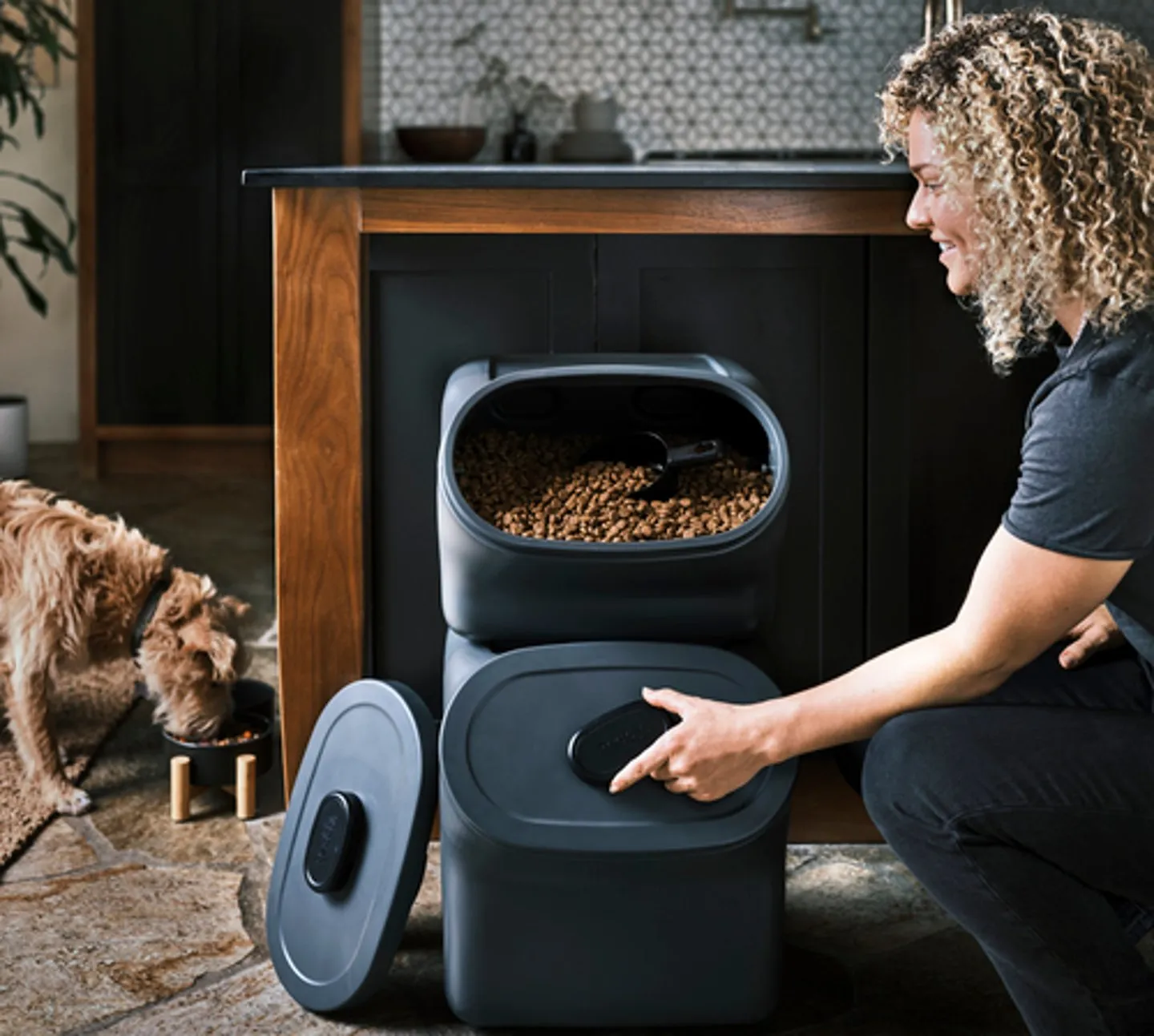
It’s usually recommended by pet food companies to keep kibble in its original bag, as the inner packaging is designed to prevent fat absorption and maintain freshness.
Bags, however, are not effective in keeping air or insects out if opened. That’s why it’s usually recommended by experts to place the entire bag inside a container rather than pouring the food into it.
This way, you retain the benefits of the original packaging—such as the printed date of expiration, batch number, and food information—while yet being able to enjoy the airtight cover of the container. It’s two-plus-two that gives you the best food safety and convenience.
Cleaning and Maintenance for Longevity
To avoid residue buildup and bacterial growth, dog food containers need to be cleaned frequently. One frequent recommendation is to clean the container with a thorough wash after each bag of food finishes before adding new kibble.
Use warm water and mild soap, rinse thoroughly, and let it air dry completely before refilling. Extra moisture in the container will spoil fresh food and promote the growth of mould.
Plastic boxes will over time soak up food oils, and therefore the use of harsh chemical cleaners that will degrade the material should be avoided. Stainless steel boxes are also easy to sterilize but can be scratched, and abrasive cloths should be avoided.
Never top off an old kibble with new. This will make the old kibble at the bottom go stale and be mixed with the new, reducing the quality in general. Instead, consume from the contents first, clean out the container, and start anew with every new fill.
Storage Techniques for Different Types of Dog Foods
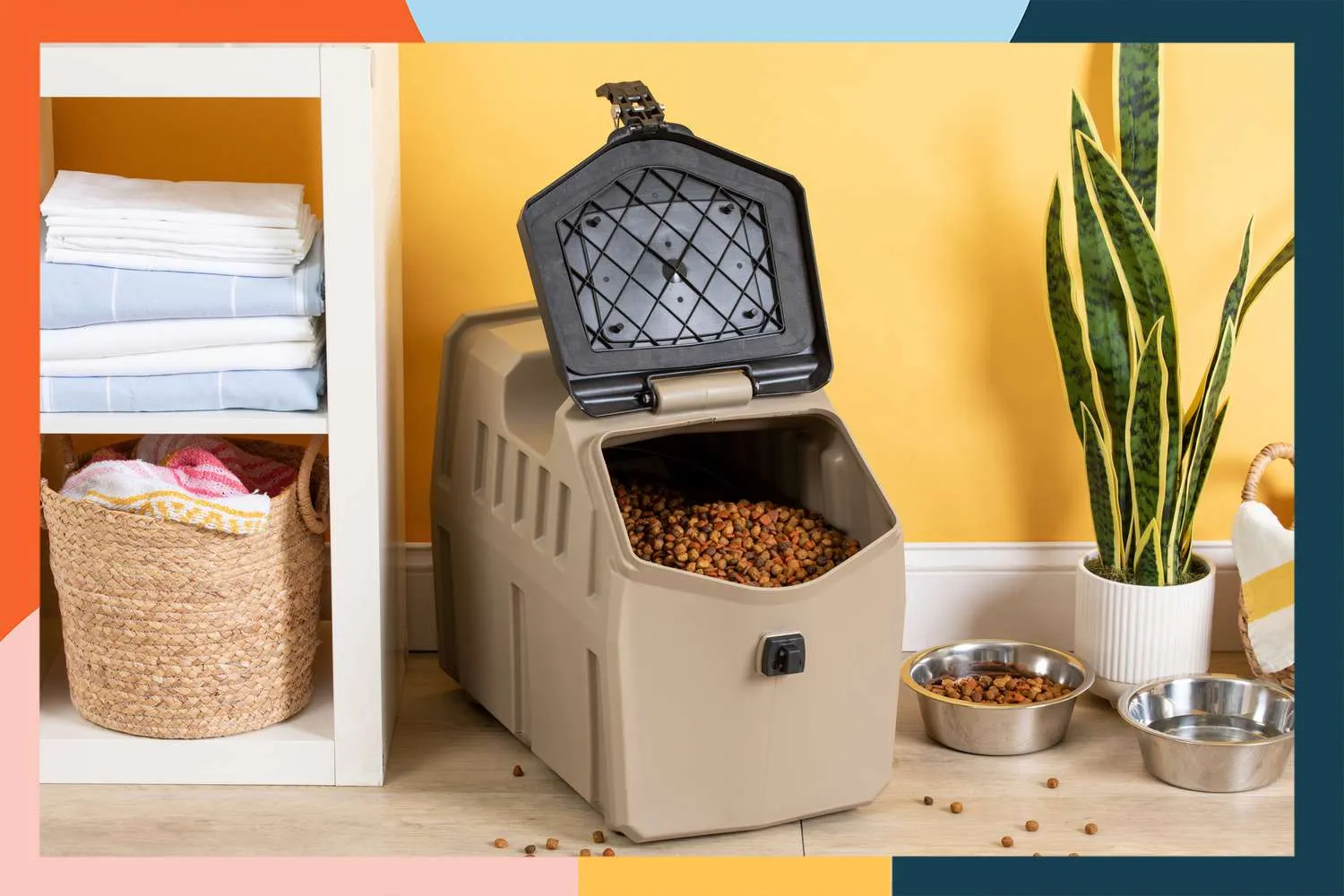
Different types of dog foods must be stored in different ways. Dry kibble must be stored in a cold, dark place in an air-tight container. It should not be frozen because it will become damp during the process of defrosting.
Wet food is kept in its can until it is opened, then a covered container in the refrigerator. Canned food is never kept at room temperature for extended periods, just a few hours. Separate containers of wet and dry food are recommended in households where they feed them in order to prevent confusion and proper storage conditions.
Raw or homemade dog food must be refrigerated or frozen depending on what you want to eat when. Store it in air-tight and freezer-proof containers. Label each serving with ingredients and date made in the event you have multiple pets with different requirements.
Cost vs. Quality – What Should You Pay For
Prices of dog food containers also vary considerably, from extremely cheap to extremely expensive. Cheap ones, while less expensive, are less durable, less airtight, or even non-food-grade in some cases. Cheap plastic containers can also become brittle over time or crack open, hence less effective in preserving the freshness of the food.
Mid-range containers offer the value for money. They offer an assortment of features such as air-tight seals, ergonomic styles, and durable material that can last for years. Investing a bit of extra money in a more superior quality container will pay off in the long run by not wasting food and maintaining your pet’s health.
Luxury styles usually include sophisticated designs, scoop arrangements, or high-end seal systems. Even though they are not necessarily a necessity for every home, they are extremely ideal for pet owners buying in bulk or having high-breed dogs with heavy use.
Picking the Perfect Size and Type of Home Depot Trash Can for Your Home
Dog food bins come in all sizes to accommodate every need, from countertop jars to huge, rolling barrels.
Your size will depend on how much you buy at a time and where you can fit it. Those who live in small apartments will adore stackable or wall-mounted bins. Greater homes with numerous dogs may require large bins on shelves in a garage or pantry.
Others are designed to make your home decor more appealing with modern matte finishes or wood overlays. If looks count, there are containers with a precise fit somewhere in your kitchen or utility section. There are multi-bin models for families that have pets whose diets are different.
The Convenience Factor of Dog Food Container
Apart from preservation, convenience is another advantage of dog food containers. With pre-measured scoops and easy-open lids, feeding is made convenient. Parents of toddlers or elderly pet owners, in particular, appreciate the application of easy openers that are effort-free.
There are even models that have digital aspects such as reminders to renew food stock, portion tracking, or expiration date reminders. Optional, yes, but they do bring a little convenience and angst to those who wish to fine-tune every aspect of their pet’s diet.
Conclusion
A container for dog food may seem small, but the impact it has on your dog’s meal, health, and cleanliness is significant. A good container protects your investment in quality food for pets, keeps it fresh, and gives your dog the maximum nutrient value of each mouthful.
Storage is just half the problem; protection, ease of use, and health are at stake. Selecting the appropriate dog food container is a concern for your dog’s size, food, weather, and storage.
When you purchase a container best for you, you are being smart and healthy in making a decision that benefits you and your dog in the long term.
